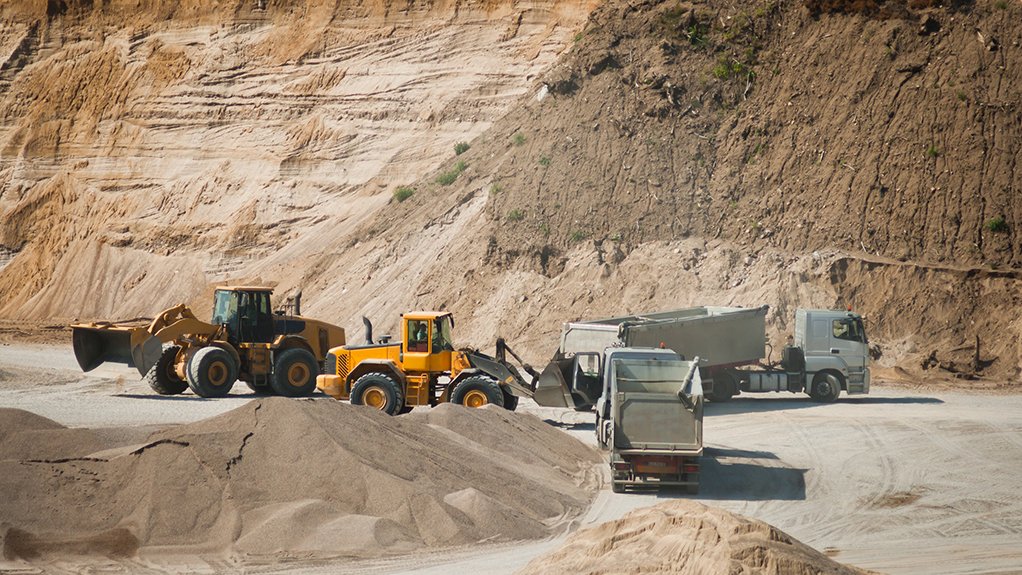Increased investment in construction projects has been seen across East Africa, leading to a growing demand for concrete products. Infrastructure development such as roads and railways are said to be the main drivers of growth in Kenya, while Tanzania’s mining industry and Uganda’s oil sector are becoming more significant.
CHRYSO East Africa notes that it has grown its offerings to the market while ensuring its admixture solutions are targeted at local conditions.
“As a key construction product, concrete uses natural materials which are locally sourced,” explains CHRYSO business development director Eastern Africa Graham Dean. “This might include cement produced from limestone quarried around Nairobi, pozzolana to modify different cement types or quarried aggregates and crushed sands. To achieve the best results in concrete, it is important to understand the variations in what Mother Nature provides to us as raw materials.”
Dean says that concrete admixtures which have been well proven with materials in South Africa, for instance, may not necessarily perform to the same levels with concrete materials from Kenya. Accommodating these variations has required considerable investment in research and technical facilities in East Africa, to ensure customised admixture solutions.
“To resolve the performance differences between regions, CHRYSO set up a concrete laboratory in Nairobi where we can modify existing formulations,” he notes. “This allows us to design bespoke admixtures for customers, based on their specific requirements and the local materials going into their concrete.”
The company supplies its admixture solutions not only to large construction companies, specifiers and developers, but also to readymix plants, manufacturers of precast products and specialist applicators of decorative concrete.
CHRYSO states that it is also contributing to more responsible practices in the concrete segment, to counteract the negative environmental impact of uncontrolled mining of river sand for concrete.
“We have promoted our Quad range to raise awareness in the construction industry about alternatives to river sand,” says Dean.
CHRYSO uses its in-house polymers to accommodate the use of challenging sands, including too little or too much fines, swelling clays or irregular shapes. The use of lower quality sands helps drive down procurement costs and can also reduce the carbon footprint of a given concrete where these alternative materials are closer to site.
The company says it has been supporting cement producers to reach their sustainability goals, enabling more efficient clinker grinding and reducing power consumption in this energy-intensive process.
The additives are designed to permit increases in the compressive strength at the initial, mid-term and later ages. The resulting enhanced performance aims to meet specific market needs such as reducing cement fineness or lowering unit production costs. The clinker factor can also be reduced by using increased levels of supplementary cementitious material while retaining cement performance. CHRYSO says its additives can be used for the grinding of most cements in all types of grinding systems, including those with ball mills, roll presses, and open and closed circuits, as well as horizontal roller and vertical roller mills.
EMAIL THIS ARTICLE SAVE THIS ARTICLE
To subscribe email subscriptions@creamermedia.co.za or click here
To advertise email advertising@creamermedia.co.za or click here













